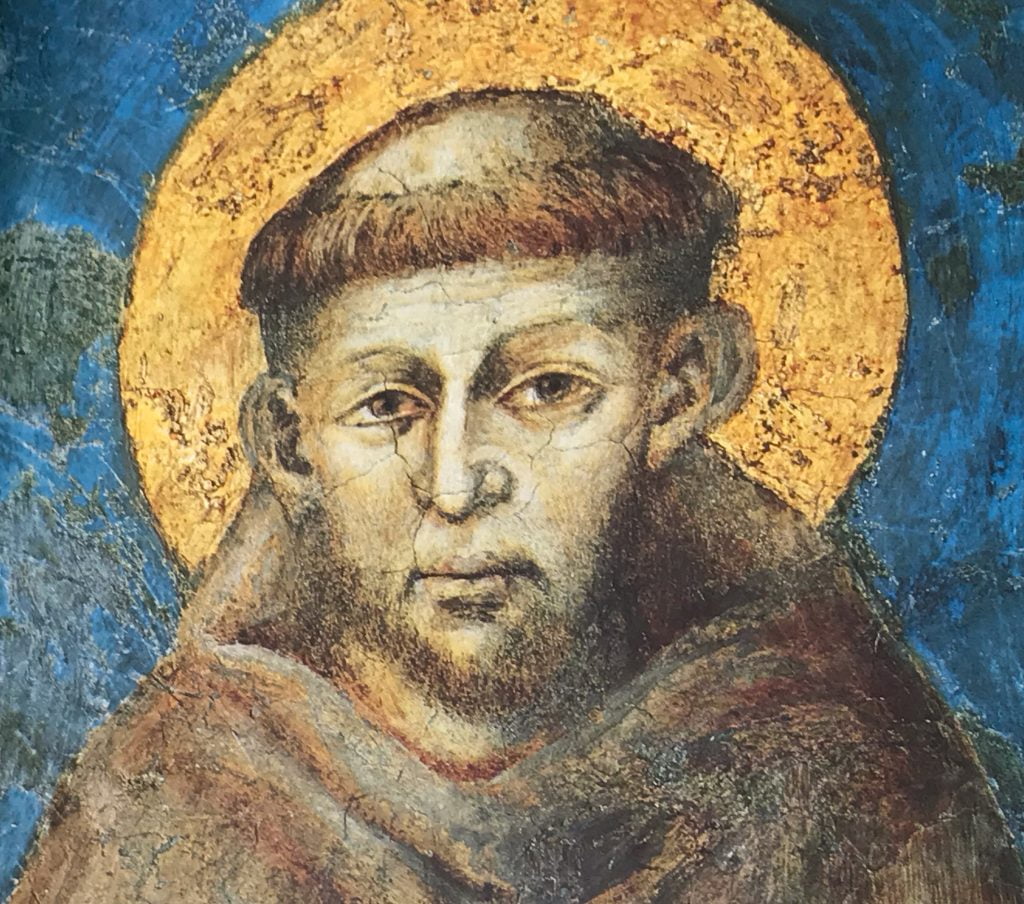
St John Henry Newman’s greatness lies in his capacity to point us to the big picture of things which is Christianity’s forte and to shake off what’s parochial and narrow-minded, the stuff that puts the brakes on forward thinking and the beckoning dynamic of history. ‘Ex umbris et imaginibus in veritatem’ was his motto – it’s on his grave: ‘from shadows and images into the truth’. Life is a forward movement we can choose – he chose it – from what Paul describes in 2 Corinthians 3 and 4 as from such shadows and images into ‘the light of the knowledge of the glory of God in the face of Jesus Christ’.
Blessed John Henry Newman is a saint of the universal Church, of Roman Catholics and Anglicans, an ecumenical, forward looking saint whose prayers are with both of the Churches he belonged to over his long life.
Born in 1801 Newman went up to Oxford at 16 and won a Fellowship at Oriel College in 1822. Originally an Evangelical he was swayed by figures such as John Keble and Edward Pusey and became leader of the Oxford Movement which has done so much to recover the catholic heritage of the Church of England.
Opposition to his teaching led to his resigning the parish of St Mary the Virgin, Oxford in 1843. In 1845 he became a Roman Catholic and was re-ordained continuing to have great influence from his base in Birmingham from where he helped found the Catholic University of Ireland. He was made Cardinal in 1879, died in 1890, beatified by Pope Benedict in 2010 and canonised by Pope Francis five years ago 13 October 2019. On that day, marking the ecumenical gift of this saint, I was invited to preach at a special vespers in St Paul’s Haywards Heath.
A great literary figure, St John Henry Newman wrote Tracts for the Times, Apologia Pro Vita Sua and Grammar of Assent. His two famous hymns are ‘Lead kindly light’ and ‘Praise to the holiest in the height’ the latter written for his poem The Dream of Gerontius set to music by Elgar.
St John’s greatness lies in his capacity to point us to the big picture of things which is Christianity’s forte and to shake off what’s parochial and narrow-minded, the stuff that puts the brakes on forward thinking and the beckoning dynamic of history.
Ex umbris et imaginibus in veritatem was his motto – it’s on his grave: from shadows and images into the truth. Life is a forward movement we can choose – he chose it – from what Paul describes in 2 Corinthians 3 and 4 as from such shadows and images into the light of the knowledge of the glory of God in the face of Jesus Christ.
His great Apologia was first published 5 years after Darwin’s Origin of Species (1859), a story of spiritual evolution that complements Darwin’s thesis on biological evolution. To live is to change Newman wrote and to be perfect is to have changed often. He held to a dynamic view of life and history and like Darwin he is one of the most famous Victorians.
His take on change though was always mindful of the human aspiration within the changes and chances of this fleeting world to rest upon the eternal changelessness of God. In Newman’s words Life is short. Death is certain and eternity is long.
Ironically a thinker and writer who saw life’s limitations with such clarity is tremendously affirmative of both its value and its dynamic speaking to us up to today, to both the world and to the church.
Today’s Saint resonates with the last verse of the Gospel set for his Feast, Matthew 13:52: ‘every scribe who becomes a disciple of the kingdom of heaven is like a householder who brings out from his storeroom things both old and new’. May the eternal newness of Jesus this saint held to refresh our spirits this evening as we look to the light of the knowledge of the glory of God in the face of Jesus Christ.


